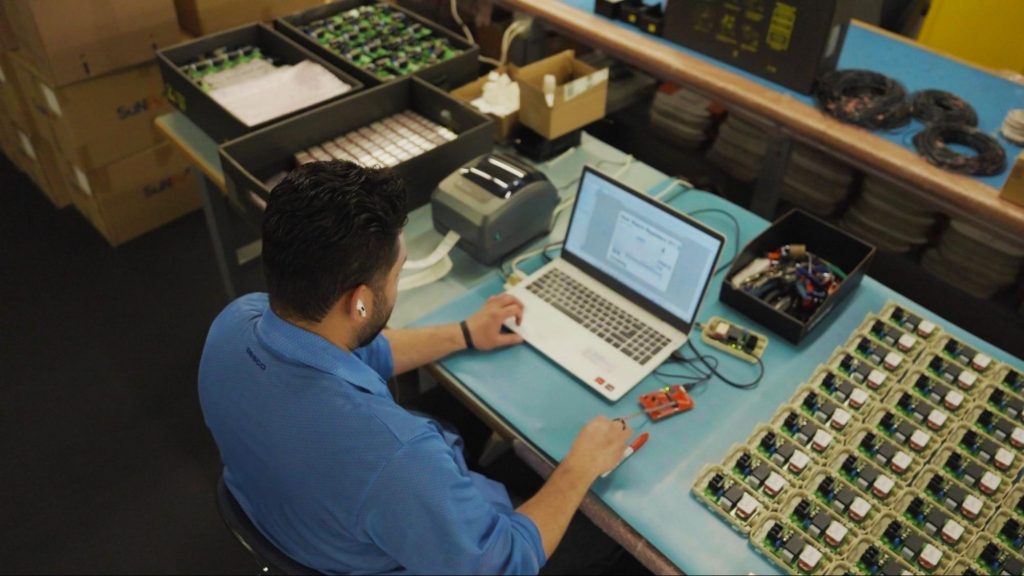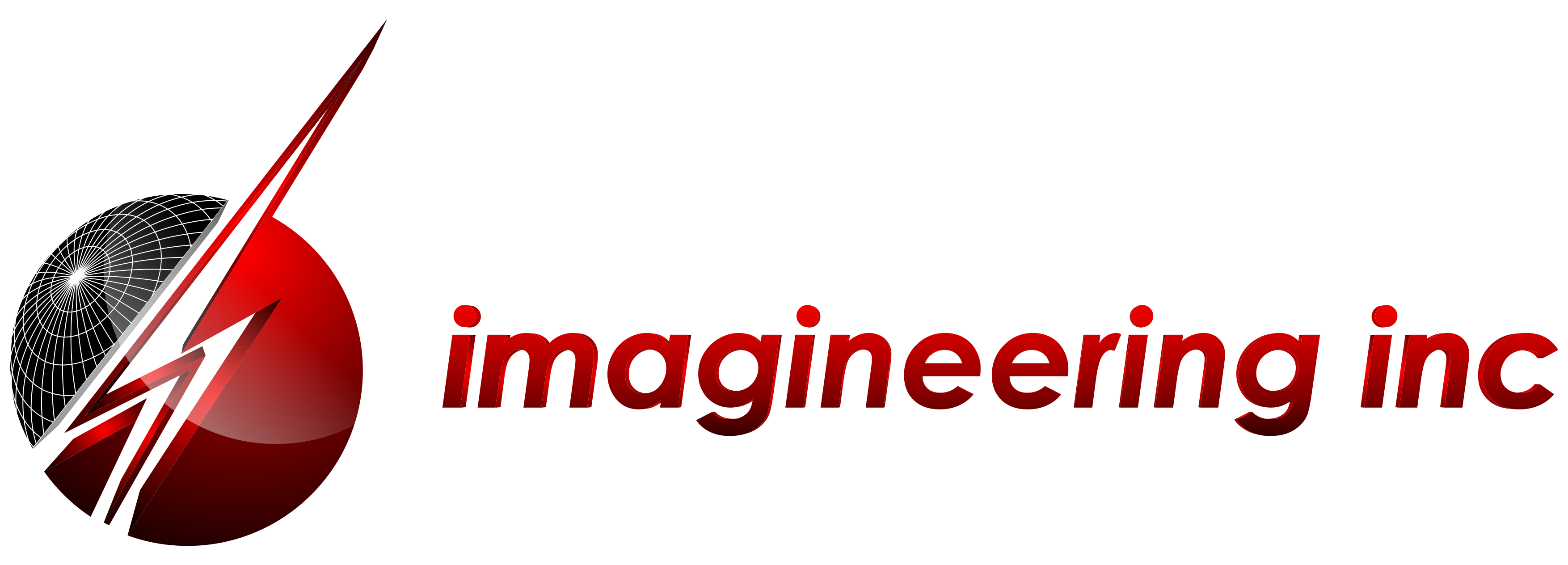You can think of a design engineer as the director of a film.
When a producer has an idea for a film, they’ll pick the director they think is best suited for the job. Then, it’s the director’s job to get to know the producer’s vision, needs, and wants, and make technical and creative decisions to execute that vision best.
This is similar to how a design engineer must work with clients and companies to understand what they need their PCB to do and balance their desires against the real-world manufacturability of the end result.
Let’s explore more about the critical role of design engineers in developing world-class PCBs at Imagineering.
The Role of Design Engineers
Here are just a few of the responsibilities a design engineer will take on when developing a PCB:
- Schematic Design
- Component Selection
- Gerber File Generation
- Collaboration with Manufacturers
- Prototype Testing and Debugging
- Documentation
- Iteration and Design Improvements
In addition to the technical expertise required to design and develop PCBs, a design engineer must be a master of soft skills such as listening and probing to grasp their client’s needs fully. They’ll need to marry the reality of functional PCB development with the desires of sales and marketing and be capable of communicating that reality to non-technical colleagues.
The Types of Challenges Design Engineers Face
Like film directors, every design engineer has unique challenges to overcome with each project. Everything from material availability to specific engineering hurdles can delay a project or increase costs.
Cost Constraints
Every project comes with a budget. The design engineer’s job is to ensure their PCB is delivered on time and under budget. To help with this, engineers at Imagineering utilize design principles for manufacturability (DFM).
DFM is a set of principles and practices aimed at optimizing the design of a product to make it more cost-effective to produce. Designers utilizing the DFM approach will emphasize efficiency, material availability, ease of assembly, standardization, and waste reduction.
Regulatory Compliance and Certification
Designing and PCB is a delicate balance between satisfying the needs of the client and creating a functional product that adheres to regulatory standards. To help guide their decision-making, Imagineering’s design engineers rely on their industry certifications, including:
Design engineers will also keep current with relevant government contractor registration systems such as ORCA, CCR, SAM, and ITAR.

The Collaborative Design Process
Though their job requires extensive technical knowledge, design engineers must also be expert collaborators. They’re required to not only be able to design a working PCB for any given purpose but also design one that meets the needs and wants of the client or company they’re working for.
To achieve this, they’ll work with diverse teams and individuals and form feedback loops while working on the design. They’ll require input from contributors in marketing, sales, manufacturing, and electronics, and regulatory experts. They’ll be in charge of collecting the opinions and expertise of team members and implementing them into one smooth and efficient end product.
Working with a large team is challenging. However, having a design engineer skilled at helping all stakeholders have a say in the design process is the best way to ensure high-quality PCBs that meet everyone’s expectations.
PCB Designers Use Cutting-Edge Design Tools and Technology
Design engineering is a constantly evolving process. As technology improves, the demands on manufacturers of PCBs grow, and the methods used to produce them change. Modern design engineers must be experts on the latest tools and technologies that help them create the best products possible.
3 of The Latest Tools and Techniques of Design Engineers
Here are 3 examples of cutting-edge software, tools, and techniques design engineers use to develop PCBs:
- CAD/CAM Systems: CAD & CAM stands for computer-aided design/machinery. CAD/CAM stations enable engineers to create more efficient and innovative designs and ensure DFM compliance.
- Flexible PCBs: PCBs can now utilize flexible substrates. Using this technology, engineers can better design circuits for smaller and more intricately designed electronics. One example of this is in wearable medical devices.
- High-Density Interconnects (HDI): A technology that allows for a higher density of components and interconnections within a smaller physical footprint. Microvias, stacked vias, bind and buried vias, and thin dielectrics are all elements of HDIs.
How Design Engineers Ensure the Highest Quality Outputs
Regarding quality, design engineers are trusted by their clients and companies to develop PCBs that meet the expectations of a diverse cast of stakeholders.
To retain customer satisfaction, achieve the company’s goals, and meet compliance and reliability standards, design engineers must take an active role in the quality control and testing of the PCBs they develop. To do this, they’ll implement rigorous testing procedures. These include:
- Functional Testing: Verifying that the PCB functions as intended, typically using automated test equipment (ATE) or specialized testing tools.
- Environmental Testing: Subjecting PCBs to environmental conditions like temperature and vibration to assess their resilience.
- In-Circuit Testing (ICT): Conducting electrical tests to check for electrical faults.
Imagineering’s Unmatched Expertise
Like producing a film, creating a new electronic device and getting it to market is a collaboration between dozens of individuals from diverse fields. When it’s time to pick a director to keep a close eye on these converging interests and ensure the final product is as good as it can be, expert design engineers like those at Imagineering are worth their weight in gold.
At Imagineering, we understand design engineers’ critical role in the PCB development process, which is why we only work with the best. Our engineers have decades of experience, are always up-to-date with the latest industry regulations, and have access to cutting-edge technology to bring their visions to life.
Are you a design engineer looking for a PCB manufacturing company that will keep your project on track, communicate effectively, and exceed your expectations? Our team can help you bring your vision and product to life. Explore Imagineering Inc. and let us fulfill your PCB needs.

